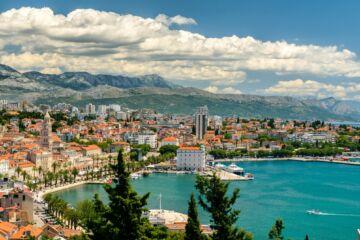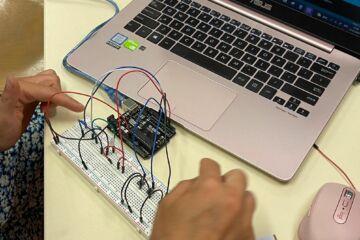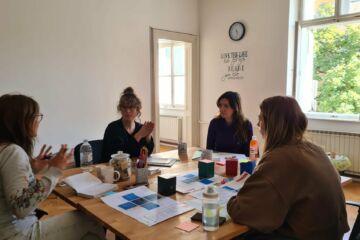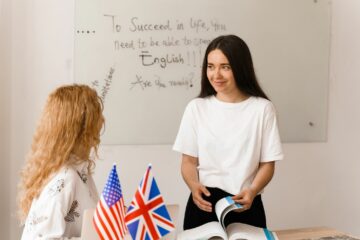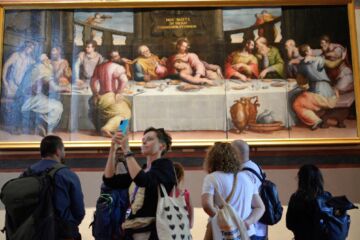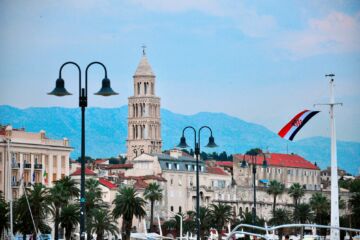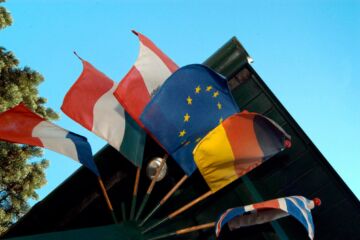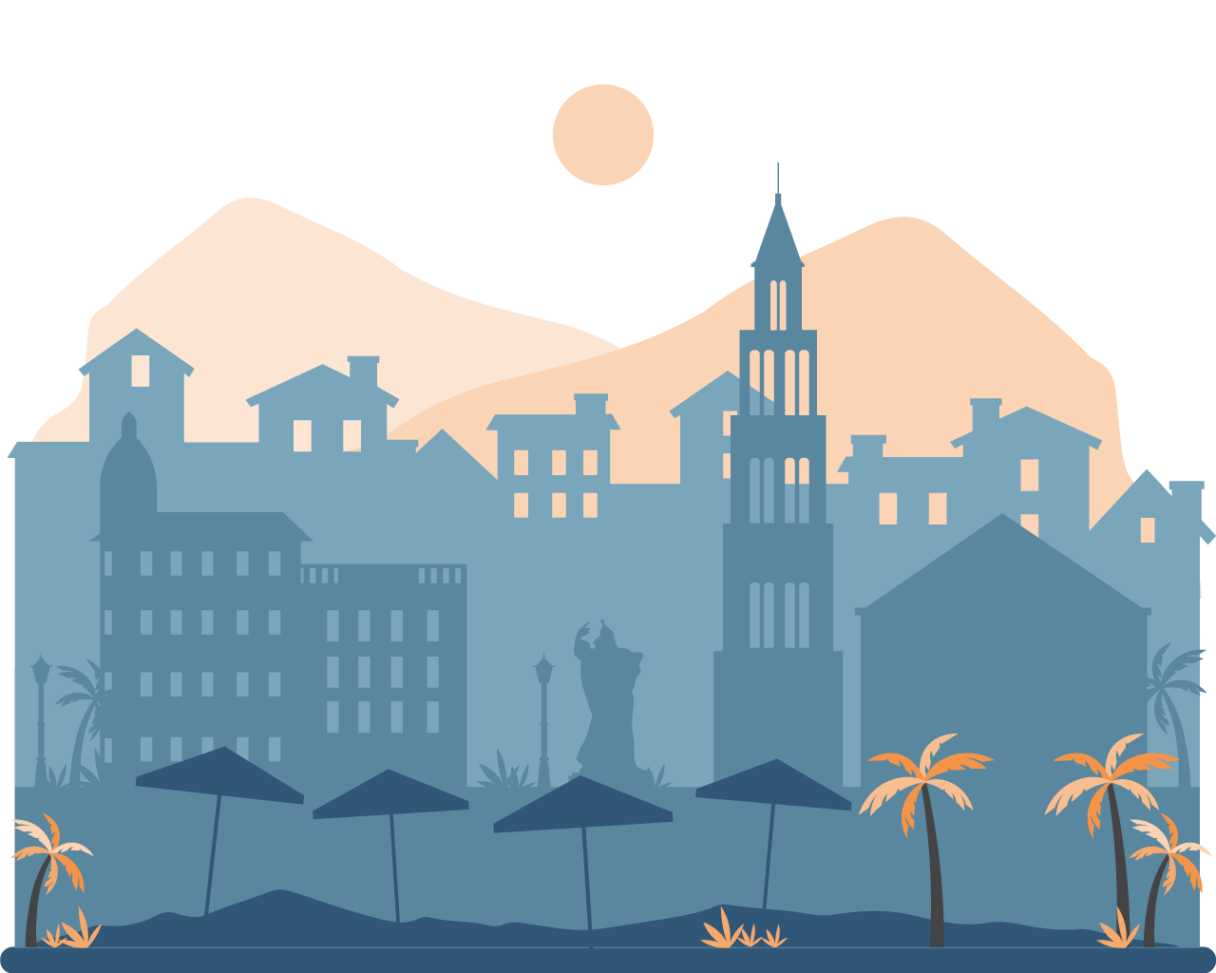
Erasmus Courses for Teachers in Split, Croatia
OID: E10350096
The historic city of Diocletian’s Palace that boasts stunning Mediterranean beaches, delicious seafood, and a vibrant cultural scene.
Confirmed Sessions in Split
Reviews
About the Training Centre in Split
All our courses in Split will take place either in the Morning (9.00-13.45) or in the Afternoon (14.00-18.45) depending on classroom and trainer availability.
Our venues are located as follows:
- Trg Franje Tuđmana 3, 21000, Split – Main address
- Velebitska 27, 21000, Split, reserved for “Physical Education” and “Learning in Motion” courses
- Sinjska 5, Split, reserved for “Callan Method” courses
Organization’s Fiscal Data
OID: E10350096
VAT: HR47191907099
Europass Adriatic Academy D.o.o.
Address: Ulica Velimira Terzica 9, 21000, Split, Croatia
Responsible Person (name, function, e-mail, tel):
Dr. Alenka Miljević, Course Director
Email: teacheracademy@europassnetwork.eu
Phone: +39 055 1997 3220
How to Reach Us
From the airport, you can take a Shuttle bus.
The bus stop is in front of the airport, under the pedestrian overpass which leads to the airport from the car parking. Take bus number 37 direction TROGIR – AIRPORT – SPLIT.
If you decide to take a taxi, make sure to ask in advance how much they will charge you.
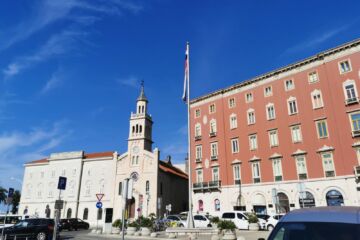
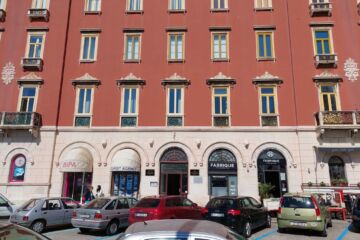
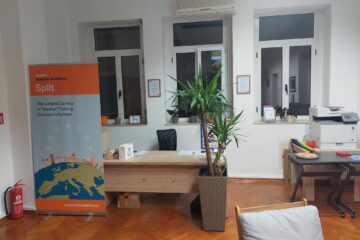
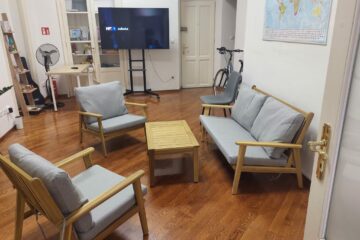
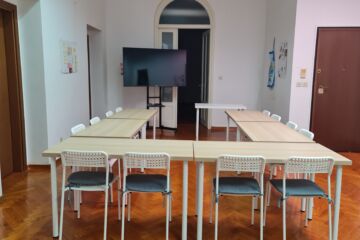
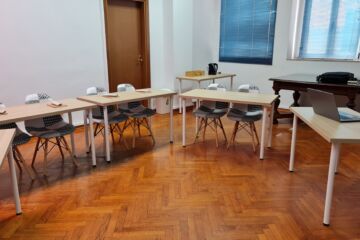
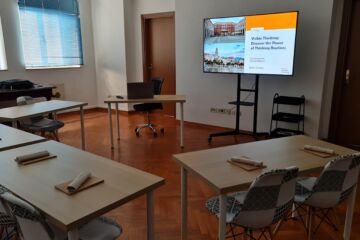
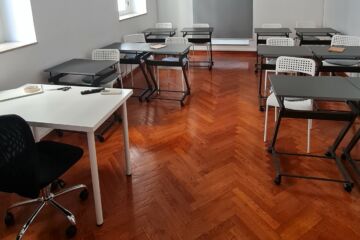
Our Cultural Activities
Free time activities in Split always include a walking tour of the city.
Other tours depend on the season and availability and can include one of the tours on this list:
- A visit to Trogir and a walking tour of Trogir
- A visit to Šibenik and a walking tour of Šibenik
- A visit to Omiš, a walking tour of Omiš, and a boat trip through Cetina canyon to Radmanove mlinice
- Visits to Split surroundings
Further information on our activities will be provided after the confirmation of the course.
Best Things to Do in Split

Split is located in central Dalmatia on the Split peninsula and it is surrounded by the crystal clear Adriatic Sea and beautiful nearby islands of Brač, Hvar, and Šolta, as well as by soaring mountains and hills overlooking the city.
What makes Split unique is its Diocletian Palace, a Unesco World Heritage Site, and a shooting location for “Game of Thrones”. Built at the turn of the 4th century by Roman Emperor Diocletian as his retirement residence and military garrison, the palace is the bustling heart of the city with numerous bars and restaurants, shops, and open-air markets, visited by locals and tourists alike.
Split is a popular destination for countless cultural events, such as film and theatre festivals, concerts, exhibitions, and world-class museums.
Split has a Mediterranean climate, with dry and very hot summers and mild winters. With an average temperature of 23 °C, August is the warmest month of the year, while January has the lowest average temperature of 4 °C.
When in Split, make sure that you take it easy. There is no rush. Engage in a conversation with the locals, taste delicious Dalmatian food, and enjoy mouth-watering flavors of locally grown food and wine. Or simply put, enjoy every single moment to the fullest while in Split.
1) Peristyle
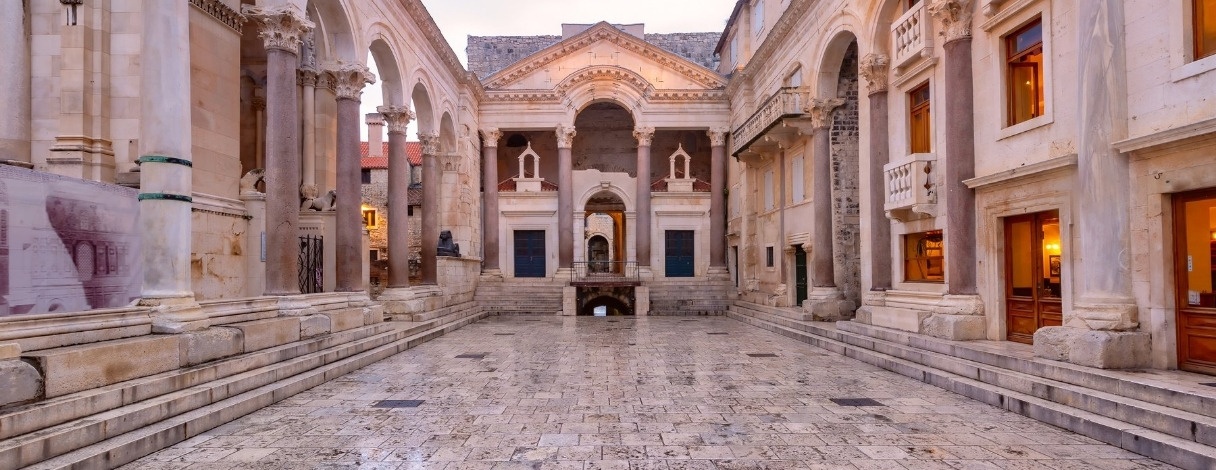
Peristyle is the central square of Diocleatian’s Palace surrounded by two rows of Corinthian-style columns connected by arches. The upper part of the square leads to the Vestibule, and the lower to the magnificent basements of the palace.
2) Diocletian’s Palace
Diocletian’s Palace is the city’s most well-known cultural tourist attraction and one of the world’s best-preserved Roman monuments. Even though it is called a palace, its structure resembles a massive walled fortress. Each of the four walls has an entranceway in the middle named after a metal: the Golden Gate, the Silver Gate, the Bronze Gate, and the Iron Gate.
3) Grgur Ninski
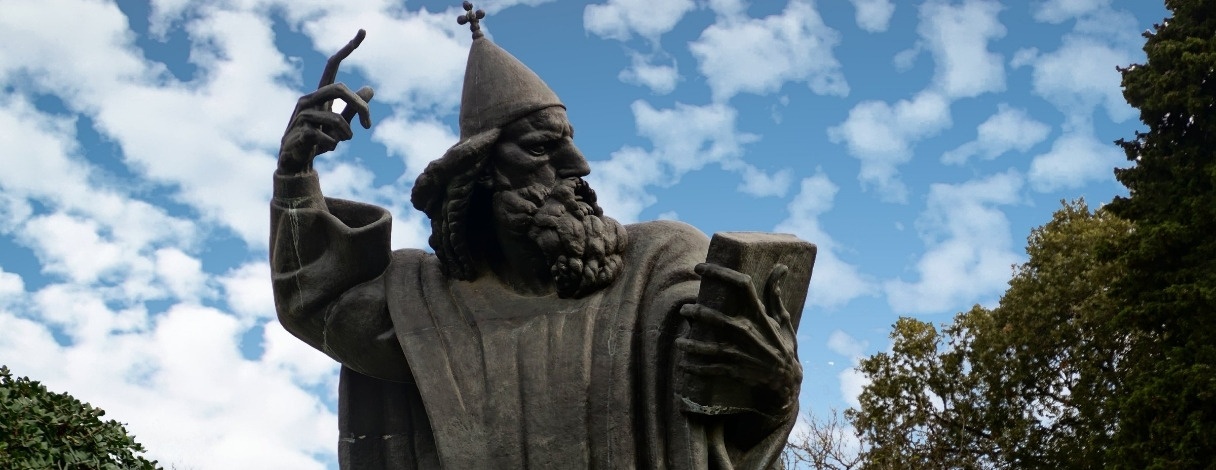
This massive sculpture of Grgur Ninski, made by one of the most famous Croatian sculptors, Ivan Mitrovic proudly stands just outside the Golden Gate. Grgur Ninski, a 10th-century Croatian bishop, introduced the use of the Croatian language instead of Latin in religious services. Rubbing his left toe is said to bring good luck.
4) Cathedral of St. Domnius
The Cathedral of Saint Domnius was built as a mausoleum for Diocletian in AD 305. In the 5th century, the Christians destroyed Diocletian’s sarcophagus and converted hir tomb to a church. The Cathedral is surrounded by 24 columns. Inside the cathedral, there is a frieze that still includes images of the emperor and his wife.
5) Bačvice Beach
Bačvice is a huge sandy beach in the city center and the city harbor with a capacity of over 10,000 bathers. Bačvice is home to the game “picigin”, a traditional ball game played in shallow waters with the aim to keep the ball out of the water for as long as possible. Beach during the day, Bačvice turns into a famous club scene and a hotspot for young people.
6) Marjan Hill
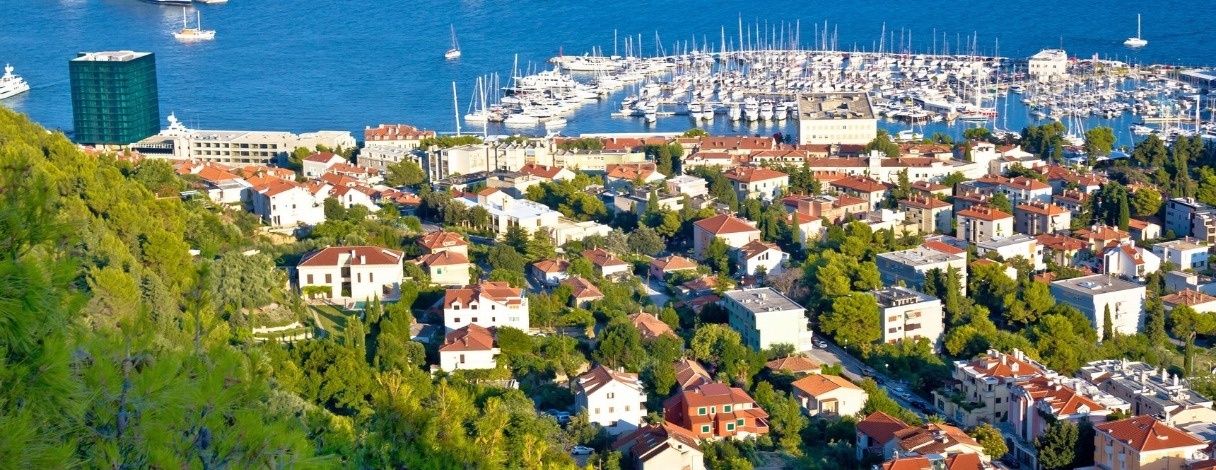
Marjan is a hill on the peninsula of Split. It stands 178 meters tall and provides a panoramic view of the city, surrounding islands, and the Mosor and Kozjak mountains. Its dense Mediterranean pine forests and peaceful pathways make Marjan a popular excursion destination and a recreational hub for locals and tourists alike.
7) Vranjača Cave
Only a half-hour drive from Split, you will find this protected geomorphological natural monument which was discovered in 1903 and opened to the public in 1929.
8) Skywalk Biokovo
Only 59 km away from Split you will find a place where you can walk on clouds. Skywalk is 1228 m above sea level and gives an amazing view of the Adriatic Sea and the islands and on a sunny day, the view even reaches the coast of Italy.
9) The Riva
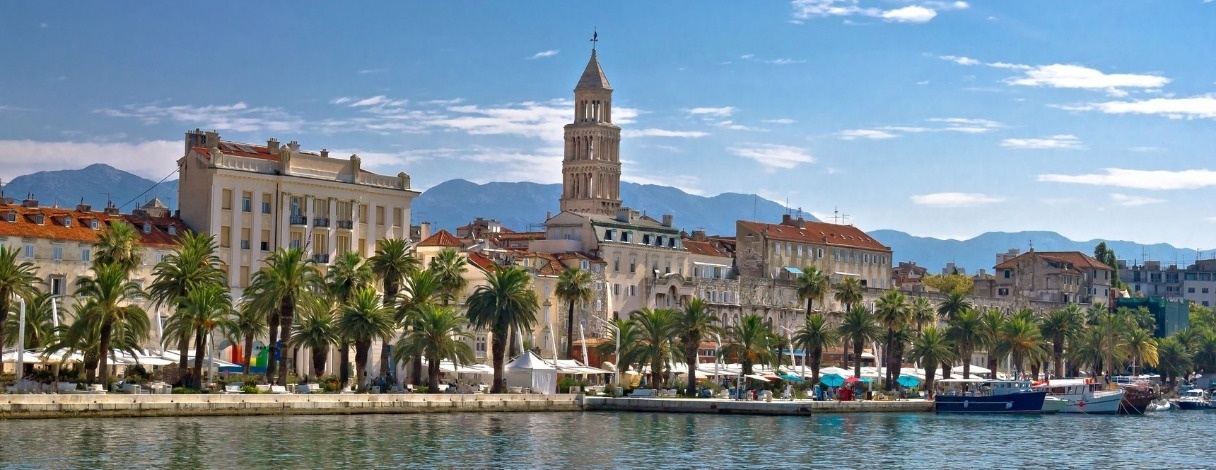
Riva is Split’s popular promenade, ideal for a morning coffee as well as for a top-notch evening out with friends. Riva is the heart of Split’s city life, hosting a variety of cultural and entertainment events, such as the Split carnival or the Festival of St. Domnius.
10) Makarska
The city of Makarska is awaiting you at the foot of the mountain Biokovo. You can have lunch at one of many restaurants by the sea or have a rest on one of the popular beaches that you can reach on foot in less than 20 minutes.
11) Brač

The Island of Brač is within an hour’s reach from Split. The ferry stops in Supetar, a typical Dalmatian town with small restaurants and beautiful beaches. From Supetar, you can visit Vidova Gora, the highest point on the island.
 Please wait, we're loading the information about the courses. It could take few seconds.
Please wait, we're loading the information about the courses. It could take few seconds.

